The first image that pops up in our mind when someone says the word drone, is a lean-mean high-flying unmanned aircraft launching missiles and blowing up things. While it might be partially right, it does not remotely describe the full spectrum of modern day drone, most of them being armed with nothing more than a camera. UAVs have been there since the 80s ( and in the US armada since the 1990s), but the general public got their first exposure around 2002 (thanks to US Drone program launched by President Bush). Since then there has been no looking back for these machines. Setting military drones pilot aside, the FAA has issued about 23,000 licenses for commercial drone pilots in the last three months alone (Aug. – Dec. 2016) and expects to have around 600,000 drones in the air by year-end. The global market for commercial drones as of now stands at $2 billion and is projected to grow over 60 times ($127 billion) by 2020. While the market for military drones is expected to increase at a compounded annual growth rate (CGAR) of 8%.
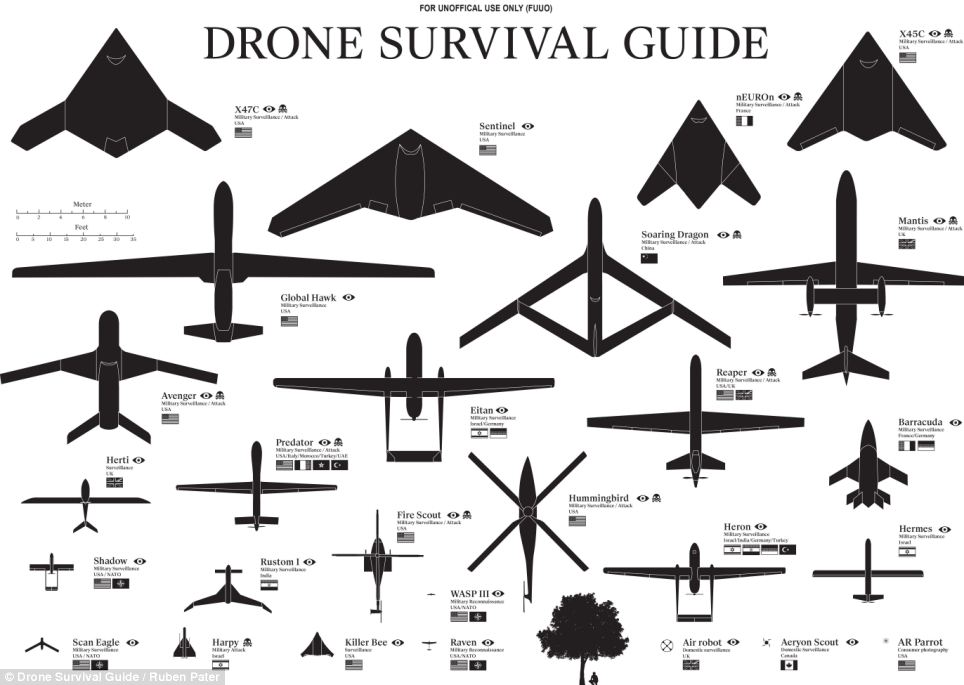
After 9/11 drones have seen an exponential growth and have been widely used in every major conflict ever since. They often surpass manned sorties by the hundreds and are an essential tool in surveillance and monitoring of a particular area. The big ones (Avenger, Reaper, Global Hawk) having a loiter time of over 15 hours and can provide better surveillance than traditional platforms, while the smaller ones (Scan Eagle, Raven) can provide vital intel to troops in real time at relatively low cost. Since Obama took office drone strikes, have killed roughly 2,500 suspected insurgents/militants. All that and much more without ever risking a single American life. In fact, they have proved to be such valuable assets that while in 2003, during the invasion of Iraq, America’s military logged a total of roughly 35,000 UAV flight hours in Iraq and Afghanistan. Last year alone the tally reached 800,000 hours, excluding the flight hours of small drones. The drastic reduction in war casualty over the past few years can in a big way be attributed to the “persistence stare” of the UAVs. Drones undoubtedly have changed the dynamics of modern warfare. By eliminating the risk of losing human lives while carrying out strike missions behind enemy lines, they have single-handedly changed the whole dynamics of surveillance and elimination of any threat.
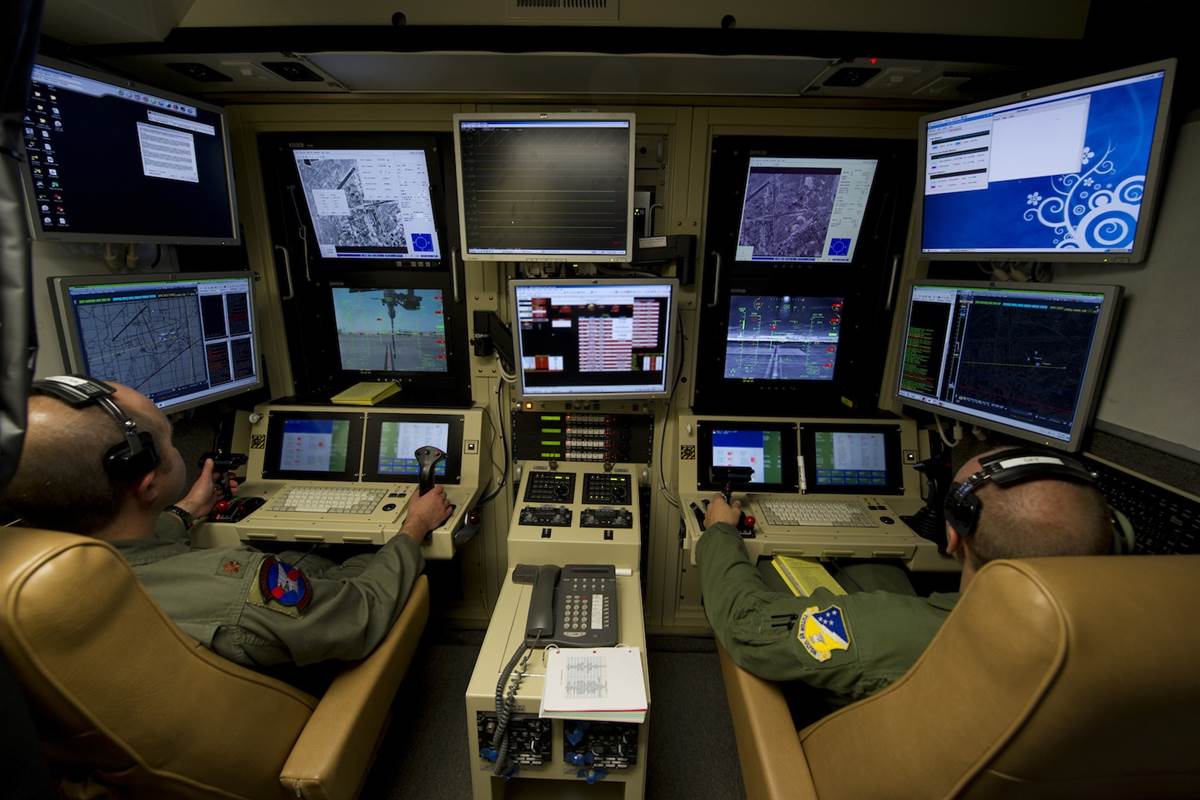
But then it’s not all sunshine for the UAVs, or maybe it is (in literal terms) because almost all of them cannot fly in adverse weather conditions. At a staggering $132 million a piece, the Global Hawk cannot fly through clouds for prolonged periods of time because it does not have a de-icing system and while 50-55 thousand feet might sound impressive for a surveillance platform, it is dwarfed by the 70,000 feet ceiling of the U-2 spy plane. No wonder the USAF decided that U-2s were a better fit for its future needs than the Global Hawk. But flight ceiling is not the only factor that comes into play here there are several other factors too. Like the U-2 can carry 65% more payload, has a mission success rate of 96% (in the Pacific Theater) compared to 55% of the Global Hawk. Which basically means that an aircraft designed in the 1950s still outperforms the drones in almost all aspect but endurance (mainly due to crew fatigue). Most drones to save on weight and cost are not equipped with several important systems and hence require a lot of support to complete a mission. Support, which is rarely taken into account while estimating the cost per flight hour. Turns out they are only slightly cheaper to own and operate than conventional fighter jets, and the predator drone has a mishap rates of over 3 times when compared to the F-15’s (7.6 compared to 2.36 per 100,000 flight hours). Since 2001 the drones have had an average of over 15 class “A”mishaps (damage of over $2 million or destruction of the aircraft).
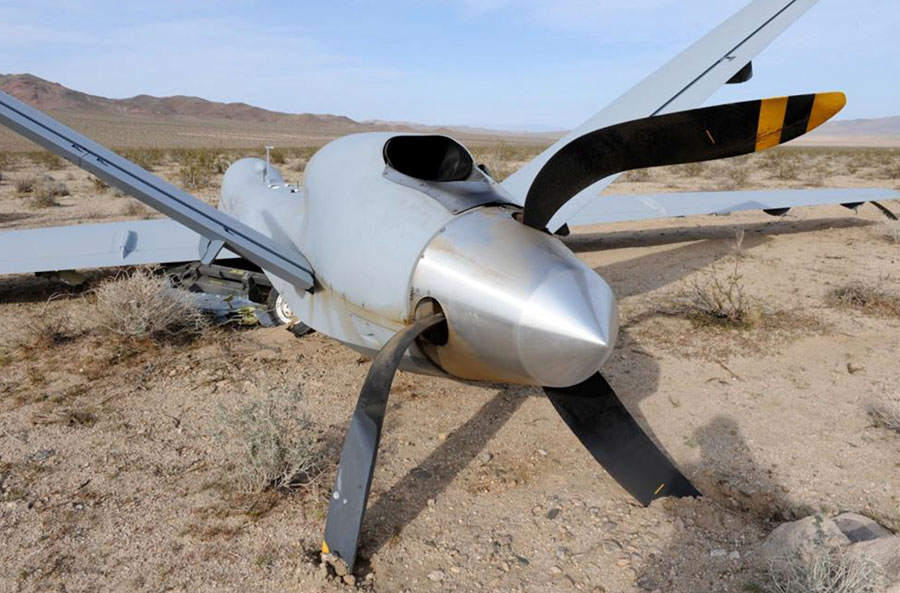
The number of crew needed to operate a drone fleet of 4 planes can reach as high as 130 personnel. Seems like these Unmanned aerial vehicles are not so unmanned after all. While the drones have undoubtedly done the things right in the war on terror, the same cannot be said about doing the right things. High civilian casualty has earned it a bad name, which many attribute to the lack of a human on board, a fact that many drone proponents find the most appealing. Experts believe that while operating a drone from over a thousand mile increases operator safety, it results in decreased situational awareness and increased response time. A problem that during a full-blown war could not only increase the risk of collateral damage but also bring them down.
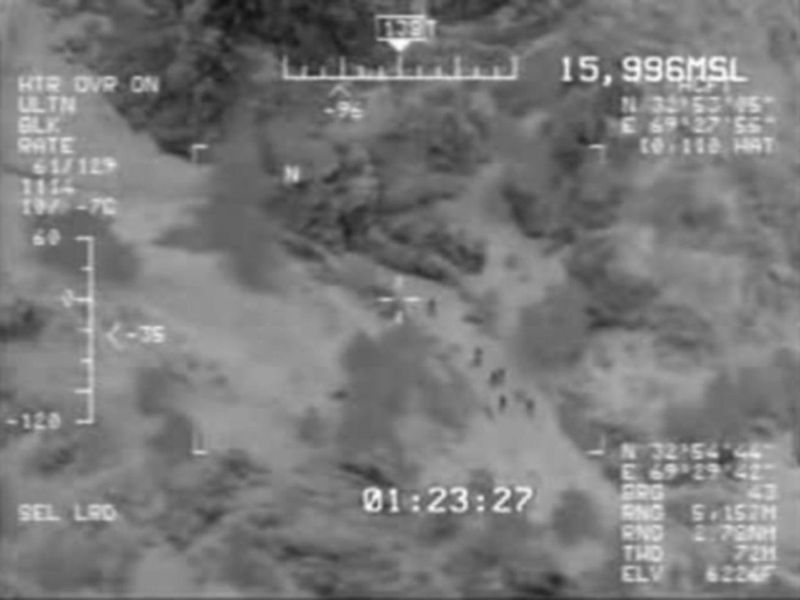
Unmanned aerial platforms are also yet to prove their mettle while operating in highly contested areas and an A2/AD environment. They are heavy, reliance on an uninterrupted satellite uplink to perform even simple tasks like merely staying aloft is hobbled. While it is barely a matter of concern while fighting comparatively ill-equipped insurgents. But in wartime with enemies using complex electronic jamming, cyber warfare and anti-satellite warfare could severely jeopardize and compromise drone operations. Drones indeed have come a long way since their inception as passive surveillance and intelligence gathering equipment, to being a forced to be reckoned with. Yet they are mostly utilized to deal with situations that the military considers either too dull or dirty. They surely are wonderful pieces of technology but have a long way to go before they can actually be seen as the principal weapon of war.

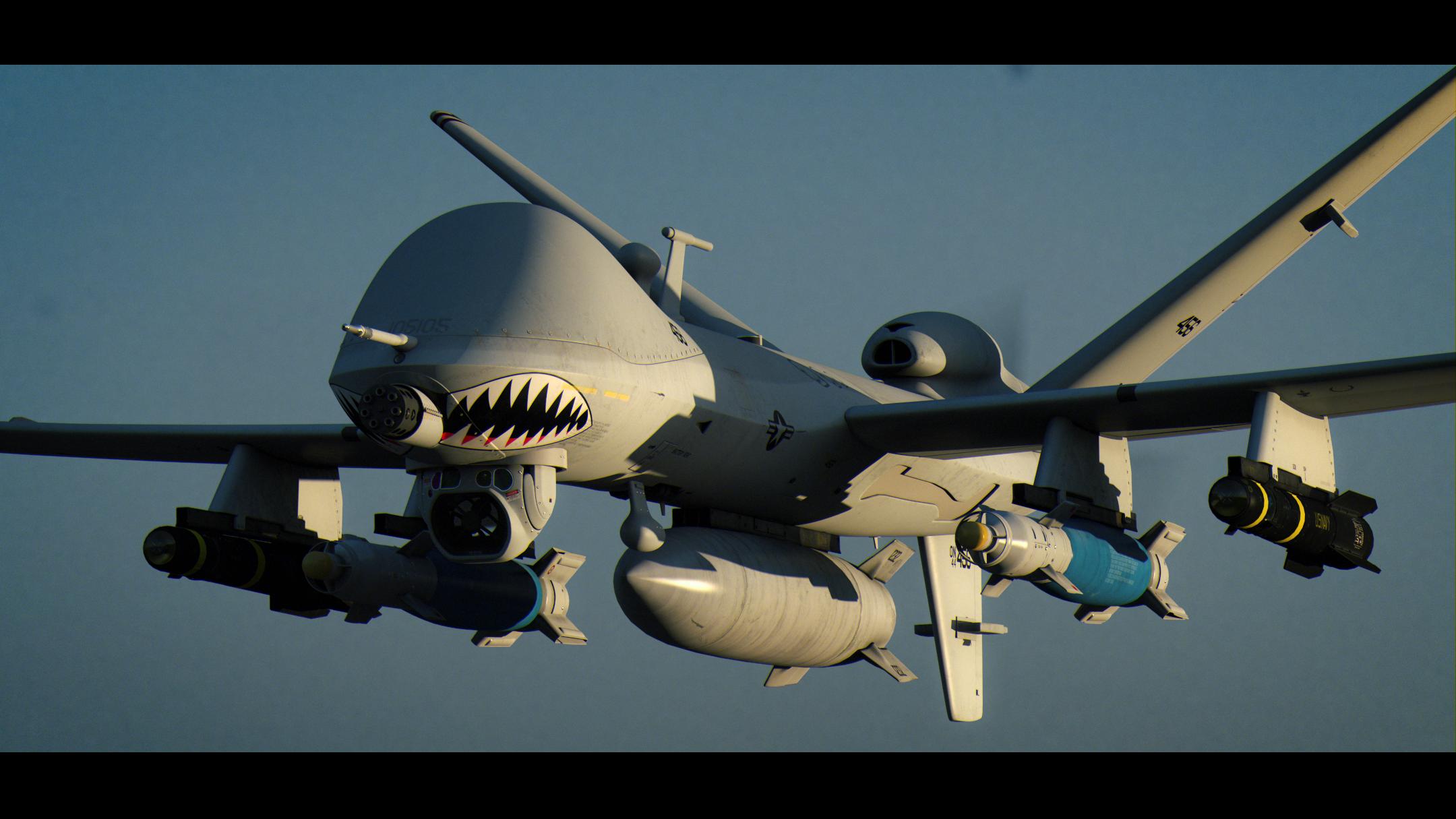
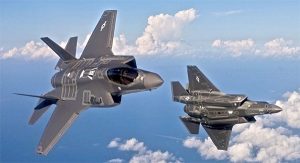
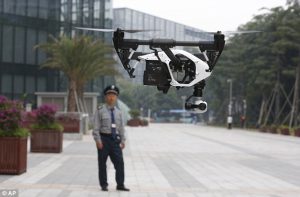
Great!?
Not in my time, but as mankind evolves, drones will eventually replace manned cockpits, methinks.